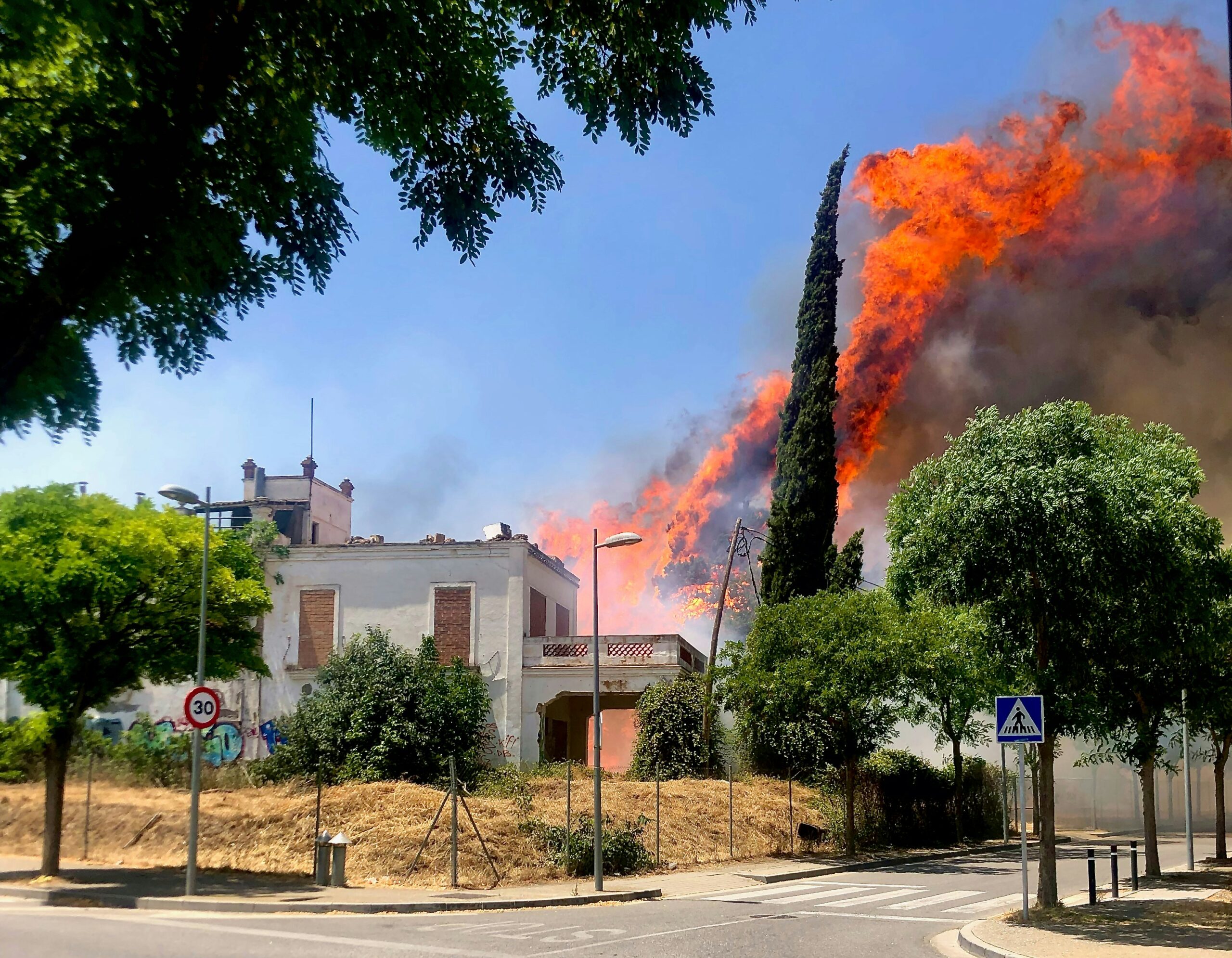
As Spain emerges from a severe 16-day heatwave, the nation continues to battle a series of devastating wildfires, marking one of the most destructive fire seasons in recent decades. The easing of the heatwave, coupled with anticipated rainfall, offers a glimmer of hope; however, the situation remains critical, particularly in the northwestern regions.
Key Facts
- Spain is currently facing one of its most challenging wildfire seasons, exacerbated by prolonged dry conditions and high temperatures.
- The Spanish weather agency, AEMET, has reported a ‘very high or extreme’ fire risk continues in regions like Galicia, despite an overall drop in temperatures.
- Efforts to combat the fires are extensive, involving thousands of firefighters, military personnel, and international aid, including firefighting units from Germany.
- Prime Minister Pedro Sanchez has visited affected areas and plans to declare them emergency zones, making them eligible for reconstruction aid.
Background
The wildfires have ravaged vast tracts of land across Spain, with more than 382,000 hectares burned. This crisis has been fueled not only by natural conditions but also by human activities, with police detaining several individuals for suspected arson. The fires have tragically claimed four lives this year.
Spain’s firefighting efforts are supported internationally, with countries like Germany, the Czech Republic, Finland, France, the Netherlands, and Slovakia sending resources to assist. Over 3,400 troops and 50 aircraft have been deployed domestically to fight the flames.
Official Reactions
In response to the ongoing disaster, Prime Minister Sanchez has attributed the severity of the wildfires to climate change and has proposed transforming climate emergency measures into permanent state policies. This move, however, has faced criticism from opposition leaders, who argue it distracts from what they perceive as the government’s inadequate handling of the situation.
Challenges and Concerns
The primary concerns for firefighters are not only extinguishing the current flames but also preventing potential reignitions. Access to nearby water sources for firefighting efforts remains a significant challenge. The scale of destruction has been described by reporters as apocalyptic, highlighting the immense impact of the fires on the landscape and communities.
Broader Impact and Climate Context
These events occur against a backdrop of increasing temperatures and drying landscapes in Europe, a pattern exacerbated by climate change. According to the EU’s Copernicus Climate Change Service, Europe has been warming at twice the global average rate since the 1980s. This environmental change has made Southern Europe, in particular, more susceptible to intense and frequent wildfires.
As Spain battles these relentless wildfires, the situation underscores the broader environmental challenges facing the region, prompting calls for more robust and permanent responses to the climate crisis.